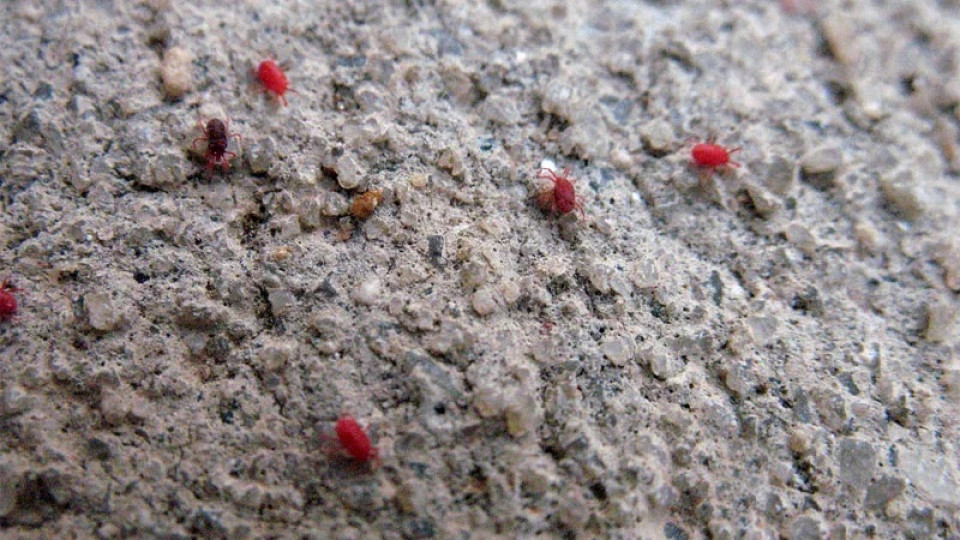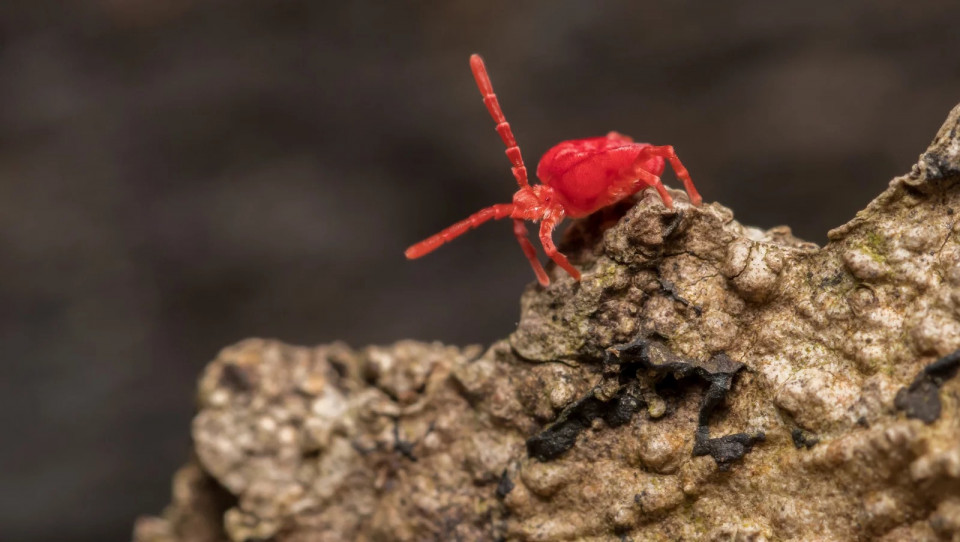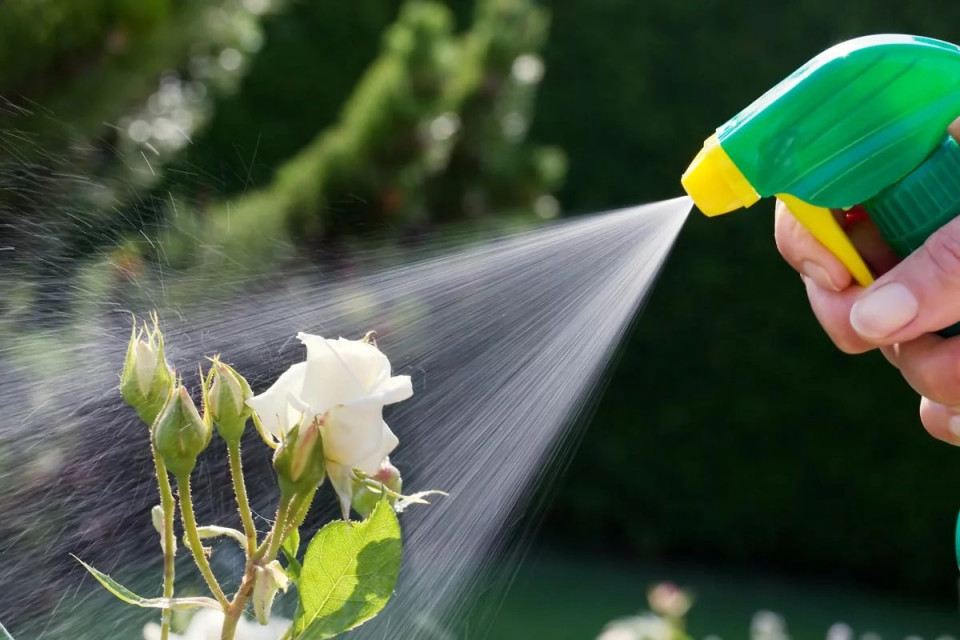Tiny Red Bugs in Your Bed: Everything You Need to Know

photo source : unsplash.com
There are numerous tiny creatures living around us in the kitchen, bedroom, bathroom, and everywhere; some of them are visible, while others are almost invisible to naked human eyes; most common type of tiny bugs found in houses are red bugs; they can be anywhere, your rugs, plants, beds or any soft upholstery, some of them are harmless but, getting rid of these tiny bugs is necessary to have a healthy and hygienic lifestyle.
What are bed bugs in your bed?

photo source : housefrey.com
Well, red bugs are not limited to a species. There are various types of bugs that can be red in color, so the most common ones that are known to infest the bedding are Clover Mites and Chigger Mites. Also known as bed bugs.
Though clover mites are outdoor bugs as they feed on plants, they move indoors in order to survive in extreme weather conditions such as hot summer or torrential rain.
Clover Mites don't do any harm to human bodies, and they don't bite or carry any transmitted diseases, but they sure will leave red marks all over your bed, carpets, and walls, which isn't good at all.
The other kind of bed bugs found in bed can be dangerous, and their primary food source is human blood. They might appear brownish at first, but their color would change to Brownish - Red as they feed on you.
How to recognize these red bugs in the bed?

photo source : housefrey.com
They all look the same as they are so tiny you can't differentiate between them until and unless you're looking at them through magnifying glasses. Let us mention some of the prominent features of these bugs to help you recognize them easily.
They are smaller than 1mm and have eight legs, the rear two legs(near the head) are longer than the rest of the legs, primarily mistaken for their antennas.
Another type of bed bug is chiggers. These are the tiniest of all, only visible when looked at with the help of magnifying glass. They look more like spiders, and they usually attack in clusters.
Dangers of red bug infestation on bed
Most of them are harmless to humans, but there are few species that survive on human blood. However, their bite won't give you any diseases; the least you can suffer is itchy skin, rashes, or, in a worst-case scenario, skin-related disease. This is why you need to know if the bug-infested your bed is venomous or not and how to get rid of them.
How to get rid of these bugs?

photo source : housefrey.com
Getting rid of bug infestation is not an easy task; in some cases, a mere home remedy works wonders, while sometimes, you may need to take a professional's help, depending on the severity of the case.
Vacuum Your bed
Vacuuming is the easiest and safest way to get rid of bed bugs like chiggers and clover mites. Vacuum the bed, mattress, base head, and area surrounding your bed to decrease the possibility of further infestation. Throw the vacuum bag far away as soon as possible, or they might find their way back to your bed crawling. For the last step, wash your sheets with detergent to kill any remaining mites. Also, do not smash the bugs, especially clover mites, or they may leave a red stain on the surface.
Freeze Them
Bugs can survive at a certain temperature. They can't survive in extreme temperatures, either cold or hot. If you tried vacuuming and still feel there might be some of them left, or they may have spread in your clothes or wardrobe. Freeze your sheets or clothes for the next four days. Whatever remains will not survive under such conditions?
Natural remedies
The most useful and easy-to-do home remedy is using neem oil. You can make your own neem oil at home. Use 2 tsp. Organic neem oil mixed with 1 tsp. Of castile soap, mix this solution with 1 liter of warm water. Now spray this natural solution on the leaves from both sides at intervals of seven days and do it until you see visible results in the health of your plants.
You can also use 1:1 rubbing alcohol and water and wipe the leaves of your plant using this solution.
Spray Insecticides
Spraying insecticides is never a healthy option, as no matter how organic it is, you will feel some sort of discomfort, either minor or major.
However, if the infestation is out of your control, you must use an insecticide; try to choose a U.S. Environmental Protection Agency-approved spray.
Remove Plants and Shrubs
Move your indoor plants and shrubs away from your bedroom or living area, as these mites attack the plants and make their way back to your bed.
Conclusion
Bed mites are a very common phenomenon especially if you have a garden or indoor plants, there is nothing to worry about these mites as they don’t carry any transmitted diseases or viruses though they cause discomfort.
However, it’s easy to get rid of them by using appropriate measures. Preventative measures and remedies to get rid of mites will help you a lot.







